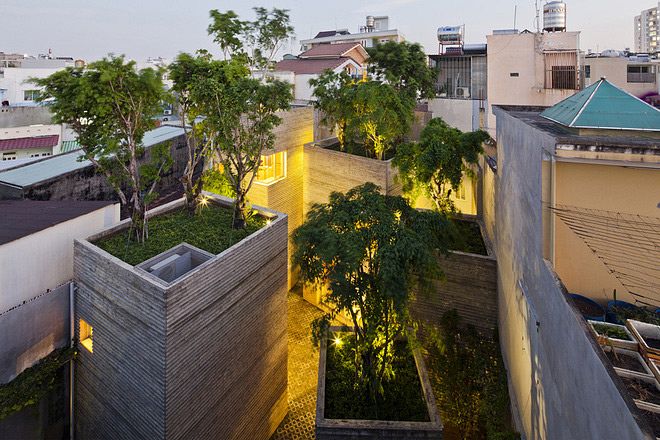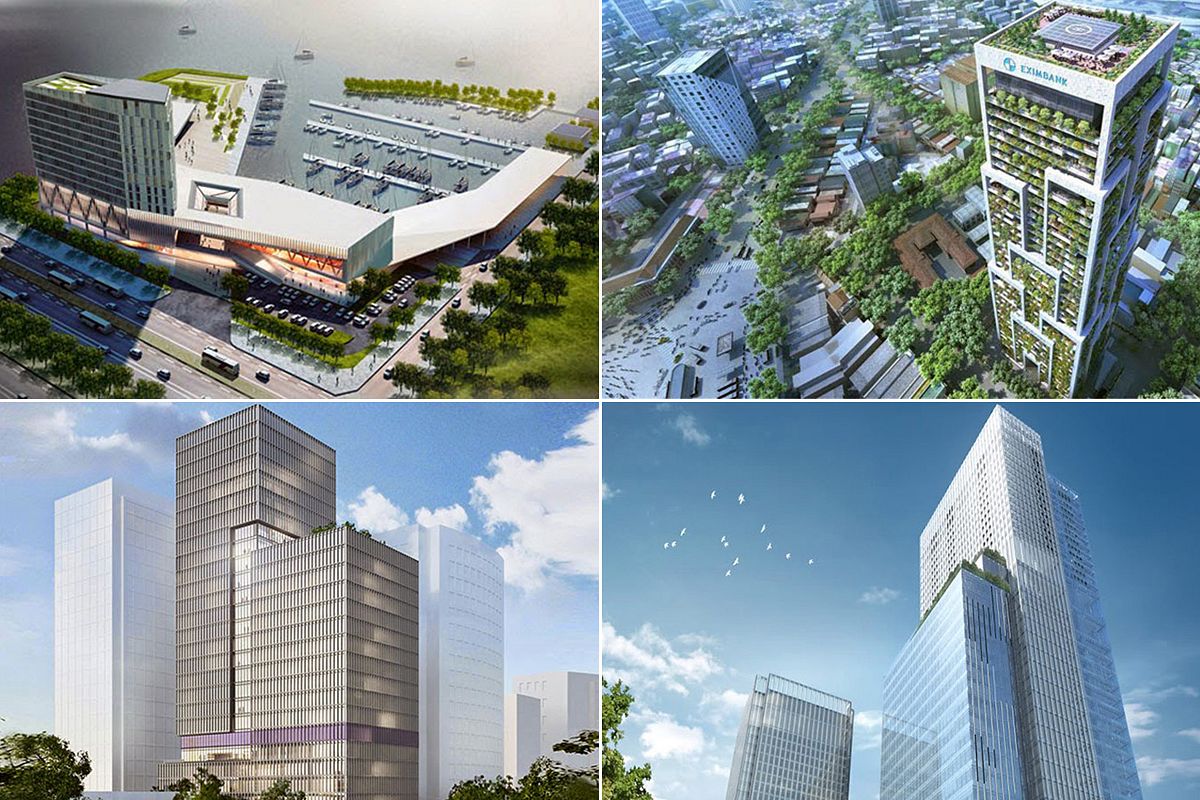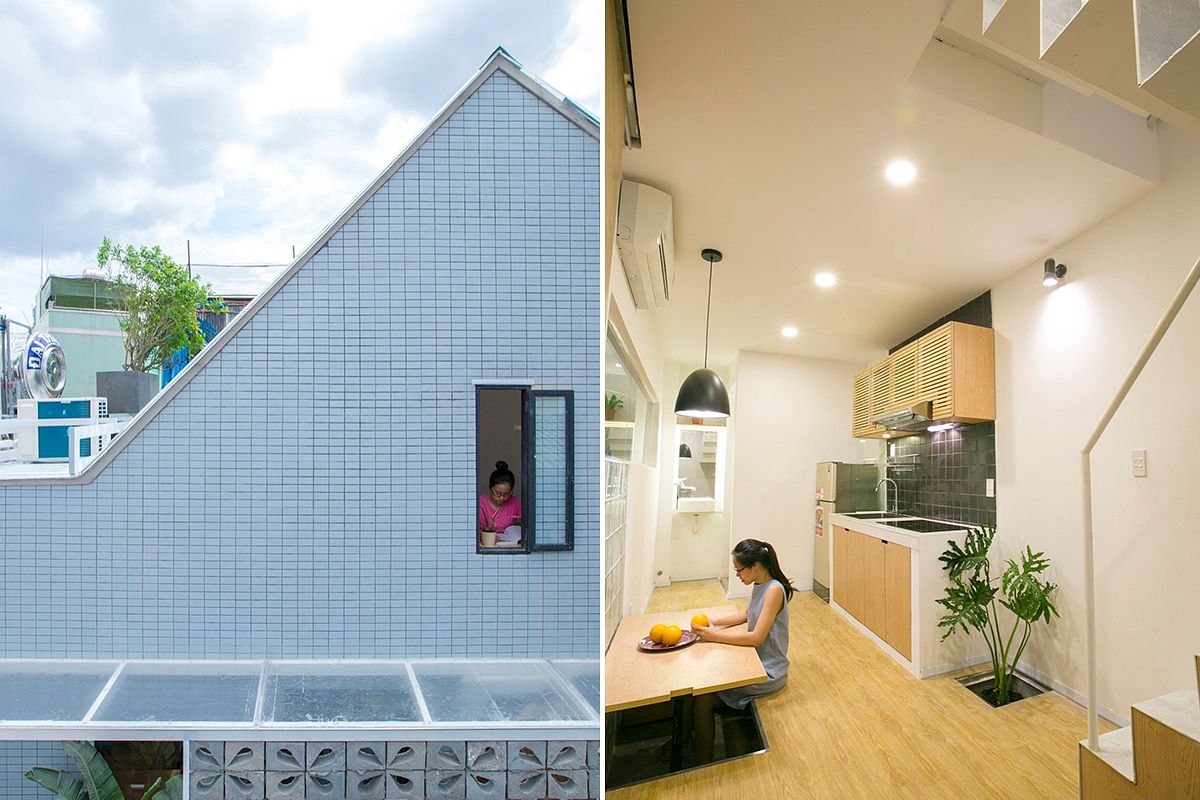When investors approached locals in Quang Nam about building a large hydropower plant, they promised fair resettlement compensation, shared water rights/ownership, infrastructure improvements and environmental protections. But since the plant opened, residents say that managers and investors are not only ignoring these contractual responsibilities, but releasing vast amounts of water without warning, destroying homes and fields.
When the Vietnam Urban and Industrial Zone Investment Development (IDICO) announced the completion of the VND4.5 billion ($US90 million) project in 2012, it claimed that the plant would improve the socioeconomic conditions of local residents:
“Moreover, it will promote socio-economic in area, develop infrastructure, contribute to local budget and create the new physiognomy for highland districts of Quang Nam province.”
However, according to the locals, the reality has been quite the opposite.
Earlier this week as rains from super storm Wutip inundated water reservoirs in the Central region, Dak Mi 4 power reservoir managers released huge volumes of water into the lowlands causing severe flooding. To make matters worse, they did not make a prior announcement to local residents, wreaking havoc on their homes and fields:
"We could not save our property from the flood. We need announcements in advance before dumping by the reservoir managers," said Tran Thi Kim Hoa, a resident of Dai Loc District.
Under the agreement for common ownership of water resources, not only should locals be warned about impending flooding during the rainy season but have access to water during the dry season for their crops. According to Le Thi Thu Huong, deputy chairwoman of the People's Committee of Huong Tra town, plant managers have ignored both of these responsibilities.
"Compliance by the investors seemed to be good initially. But behind the scenes, they were ignoring what they had committed to…There are benefits from power plants, but these are definitely for ‘group benefit', not community benefit," she said.
Tran Van Hat, a member of central Phu Yen Province's People's Council said that the plants contribute about VND4billion a day to the local budget from their total daily revenues of maximum of VND15billion. But these revenues are not enough to overcome the environmental devastation they cause. 3,500ha of forest land designated for local livelihood has been destroyed.
Furthermore alluvial content, necessary for productive soil, has been blocked by the project:
"We used to cultivate 1,000ha of thanh tra (a kind of pomelo that is seen only in Hue), but now the area it has been reduced to 300ha because of there is no more alluvial soil since the reservoirs have been operating," said a local resident.
Dang Phong, deputy director of Quang Nam Province's Finance Department said that while huge profits have resulted in the expansion of hydropower projects across the province, compensation is uneven:
"Nothing could compensate the loss of forest land and cultivation land of locals. Investors gave compensation for housing to residents, but they do nothing with livelihood of ethnic minorities in the locality." he said.
Ngo Xuan The from A Vuong power plant in Quang Nam said investors promised fair compensation but it hasn’t materialized:
"They persuade communities about the standard of housing and lifestyles on offer. But the reality so far has proven that local lifestyles, livelihoods and culture is totally destroyed.”
If this is how Vietnam's hydropower plants operate, we shudder to think what will occur once Vietnam’s nuclear power plants come on-line.














